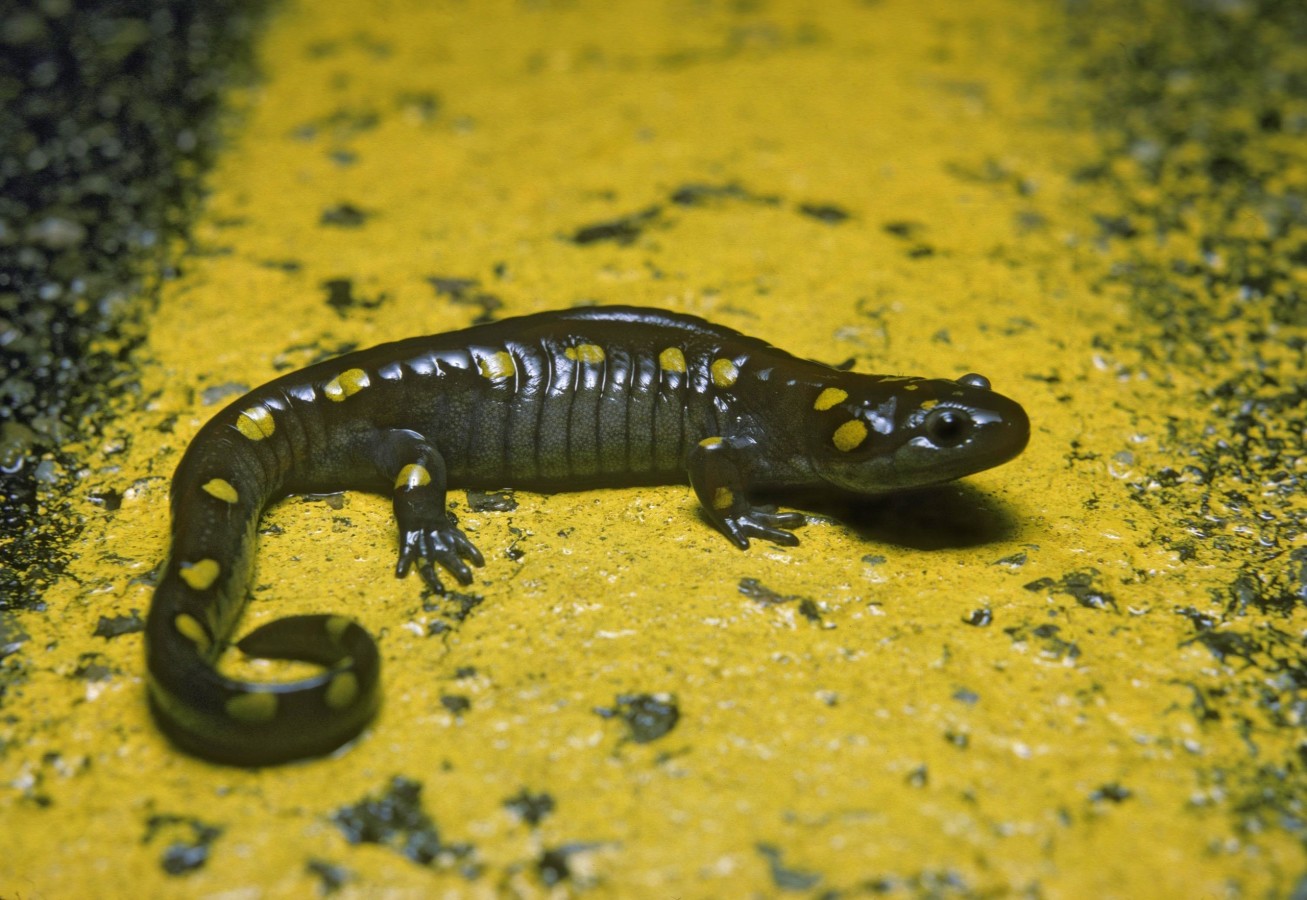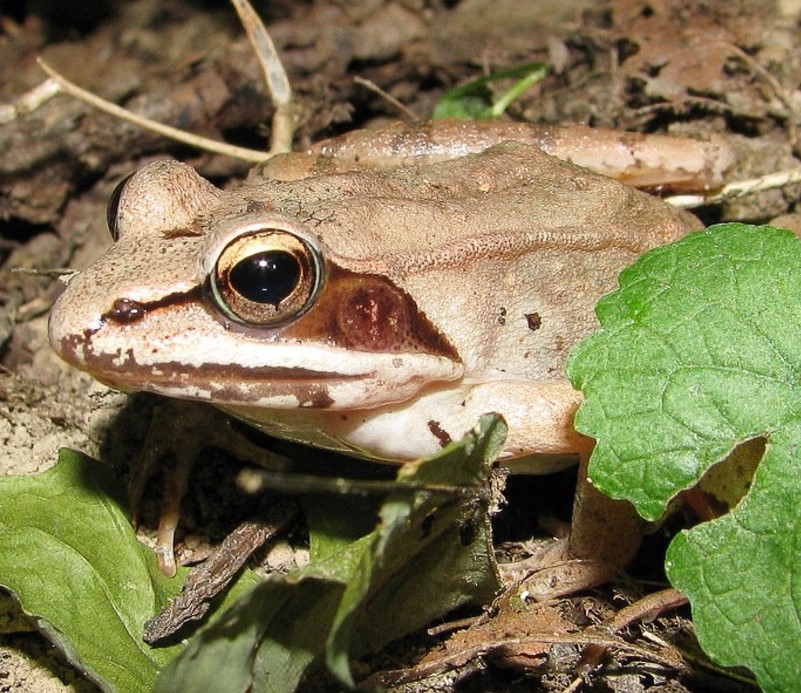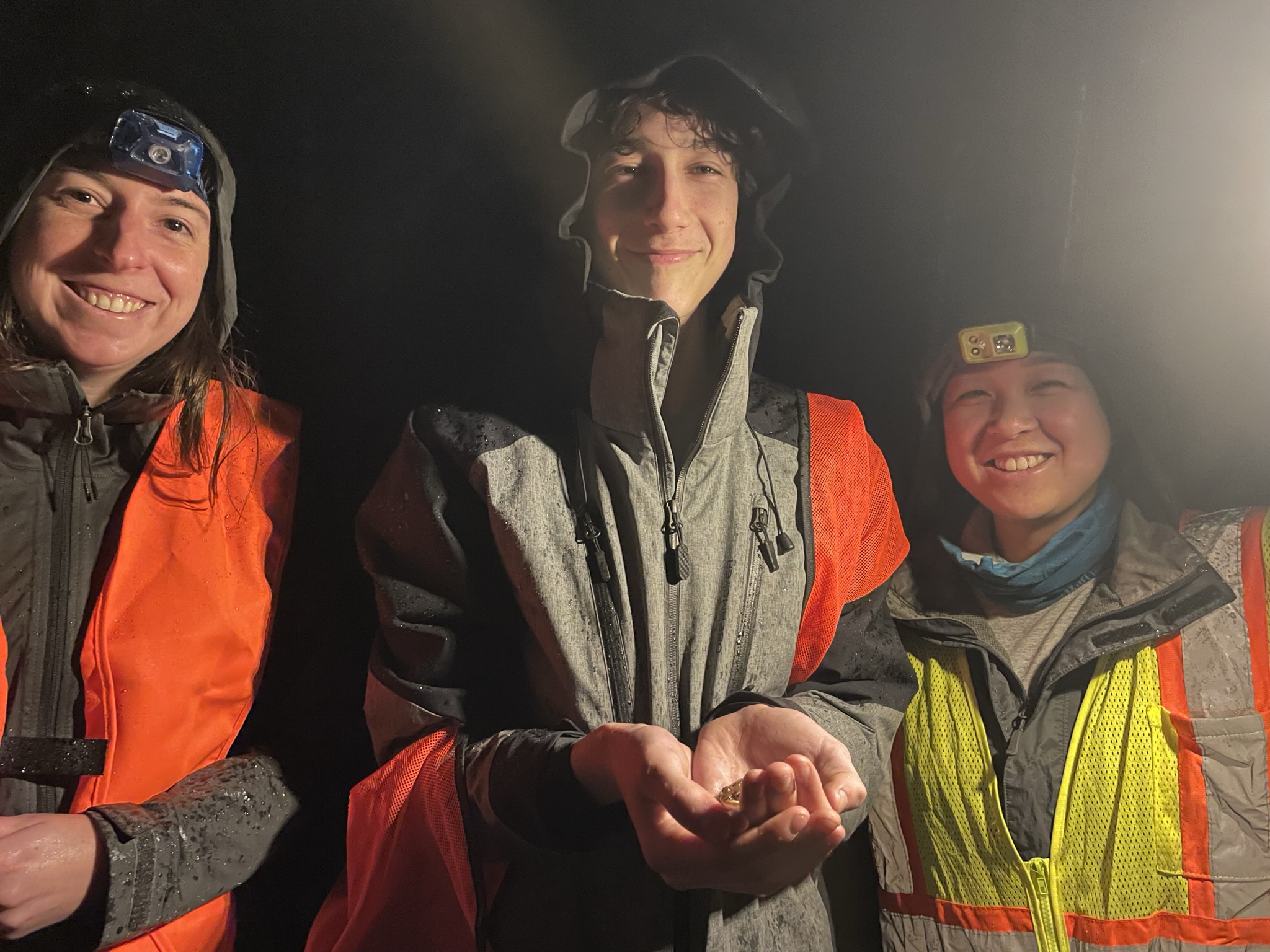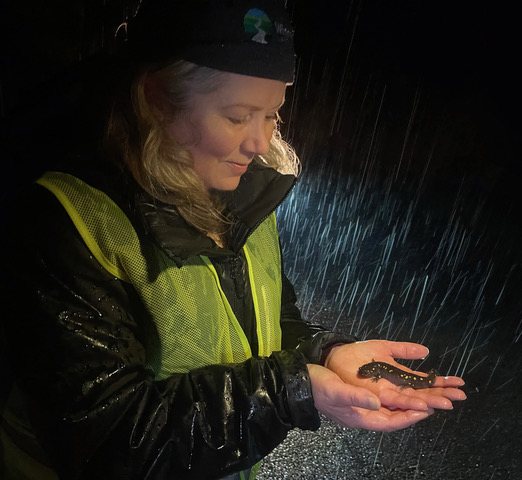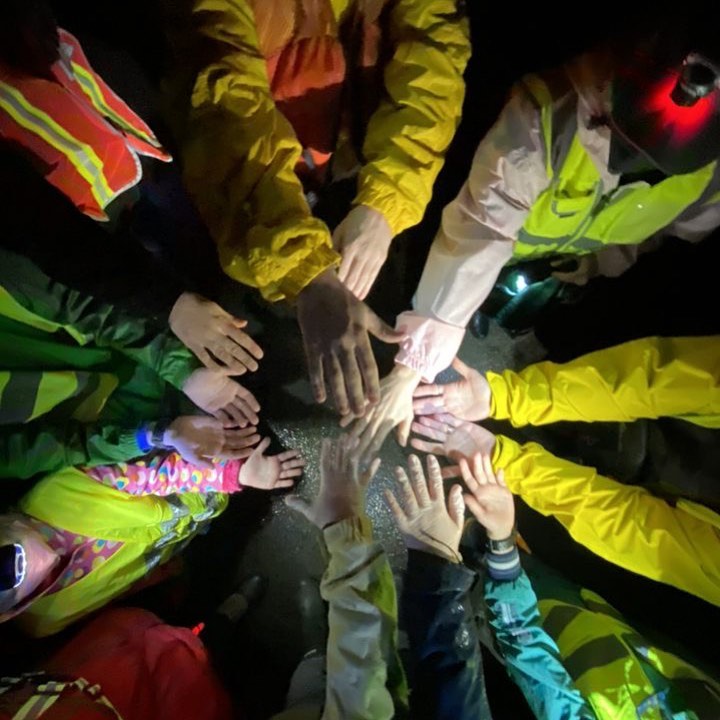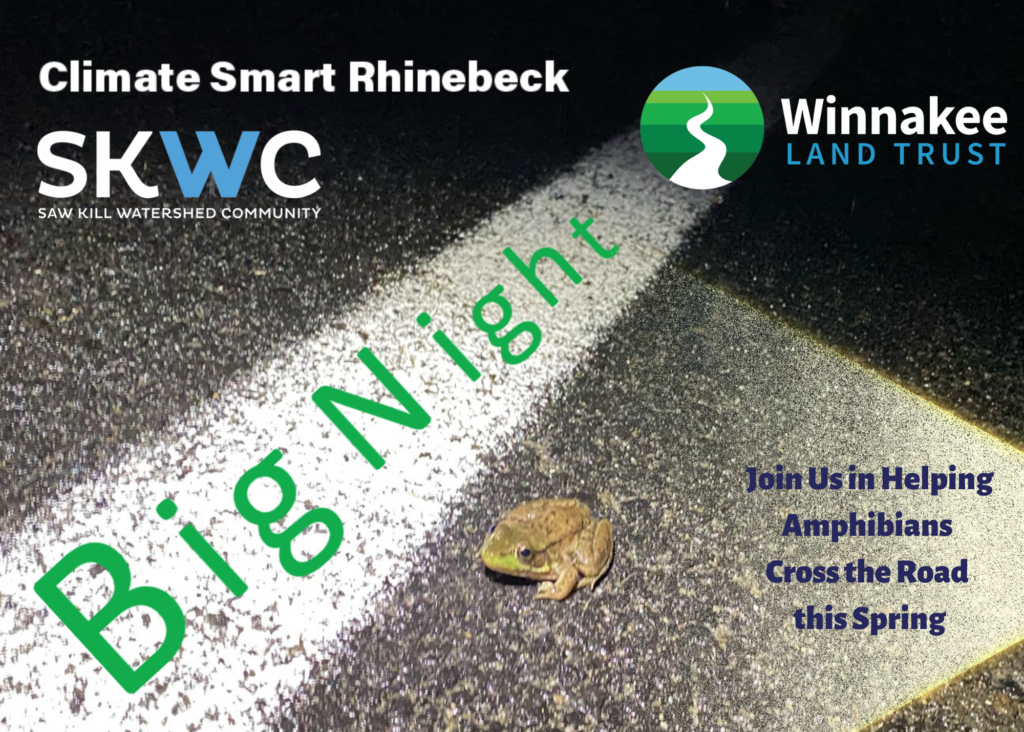Join us when amphibians come out on BIG NIGHT!
by Uri Perrin, Senior Director of Advancement & External Affairs
It’s getting close to that delightful time of year when a walk through the woods can offer a chorus of frogs, and as winter wanes after a few warm nights, followed by rain – Big Night!
Big Night, otherwise known as the Amphibian Migration and Road Crossing Project, was launched by the DEC in 2009. It is a citizen science initiative that takes place when amphibians make their mass migrations from hibernating spots to breeding grounds and need help crossing busy roads.
Several things take place to align for the migration. First, let’s talk about – the thaw!
An astounding feat of nature by these remarkable creatures: During the winter, frogs and salamanders burrow under vegetation on the forest floor. Within five minutes of freezing (they stop breathing and their hearts stop beating), glucose in their livers and leg muscles, as well as urea, are released into the blood and other tissues, essentially acting like antifreeze and preventing cell damage over winter months.
Above-freezing temperatures and rain give a physiological signal to frogs and salamanders to “thaw” and begin migrating back to the places they were born.
At the same time, melting snow and spring rains form vernal pools, temporary woodland habitat in land depressions that are not connected to a permanent water source like a lake or stream. Since vernal pools often dry out by summer, fish cannot live in these habitats, making a safer nursery for amphibians and invertebrates. Amphibians seek out vernal pools and spend several weeks mating there.
Often, these migrations happen as “Big Night” movements, where at times, volunteers observe hundreds–if not thousands–of amphibians crossing roads to reach breeding habitats. But Big Nights don’t always happen in one night either–some years, it happens in small spurts.
Salamanders are not a high reproducing species, so a few volunteers in a key place, ensuring they make the journey to their mating pools, can greatly benefit local populations.
The data that volunteers collect develops a record of how these patterns are changing over time. It helps us identify where important vernal pools are, and the needs for greater habitat protection around them. Amphibians are also a good indicator species for the general health of the habitat, and if they are thriving, that means the biodiverse ecosystem is reasonably healthy.
During COVID years, with less traffic on the roads, as many as 50% fewer amphibians died than in previous recorded years, according to a New York Times article. The impact of Big Night outings at key road crossing can make a difference to vulnerable amphibians.
Big Night is also a rewarding experience for those who participate.
There is something about being out at night in the rain, to the chorus of spring peepers and wood frogs calling in the dark, flashlight flickering, ooh’s-and ah’s at first-time discoveries of the most marvelous creatures that are usually elusive in nature.
The whole experience is awe-inspiring and a rare chance to see so many wonderous creatures in this fleeting moment. I dare anyone to help a spotted salamander cross the road and not be completely endeared by these marvelous creatures. Fair warning, like many, you may become hooked thereafter and begin turning-over wetland rocks and stumps on hikes—hoping for a glimpse of another salamander.
Winnakee also loves to host Big Night because it builds community. Last year, seeing the headlamps and flashlights flickering down Vlei Road, so many neighbors came out to see what all the fuss was about. For years, Vlei Road has been a known amphibian crossing. Big Night build an exciting connection to neighbors about how this mass migration is part of a larger ecosystem phenomenon.
Winnakee welcomes you to join us! Sign up to receive text alerts when conditions look promising!
Ready your BIG NIGHT go bag and watch DEC training videos. Be sure to take photos and tag us at @winnakeelandtrust.
We have assembled all the resources you need to participate locally here: BIG NIGHT 2024: Help us, help amphibians cross the road – Winnakee Land Trust
DIVE DEEPER

Ever wondered what goes on underwater in a vernal pool?
Conservation photographer Steven David Johnson takes readers inside vernal pools in this free North American Nature Photography Association publication. READ MORE and download at Northern Woodlands
Several of Winnakee’s preserves contain ideal wetland breeding sites for many amphibian species. This spring, Winnakee stewardship staff will begin a yearly monitoring project to record vernal pool locations and numbers of egg masses found in them. This data will help us track populations of certain species and determine how to best manage preserves to protect these important breeding sites.

Vernal pools provide critical breeding habitat for wetland wildlife and benefit other species that depend on them. They also play a role in water nutrient cycles, and their prevalence is an important indicator of a healthy forest and an area’s resilience to climate change.
